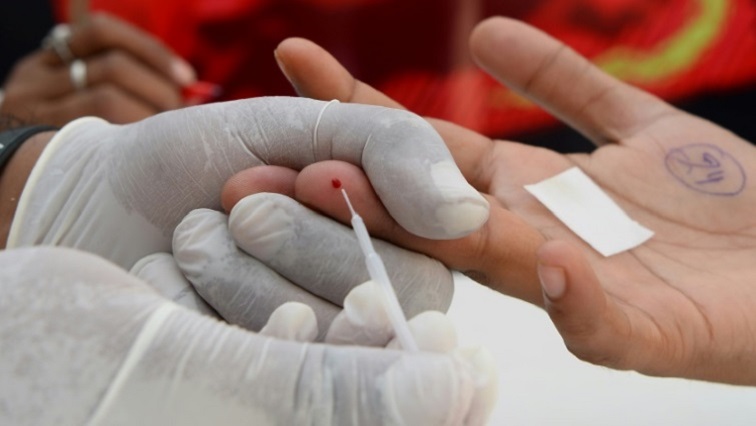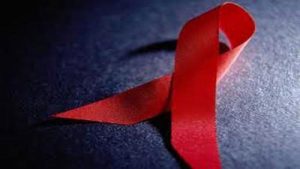There’s been a 57% reduction in the number of new HIV infections in South Africa in the past decade. There’s also been a significant drop in the number of people who have succumbed to the epidemic. This was announced at the virtual launch of the latest statistics organised by the South African National AIDS Council.
In the year 2000, there were 3.4 million people living with HIV compared to 7.6 million in 2019.
Presenting the updated HIV estimates for South Africa and its provinces, Leigh Johnson, from the Centre for Infectious Disease Epidemiology and Research at the University of Cape Town, says female sex workers and men who have sex with men have recorded the highest number of new infections over the past year.
“Our estimates of the total number of infections in 2019, was about 7.6 million. Of those adult women accounted for about 4.8 million infections, adult men accounted for 2.5 million and children accounted for the remaining 300 000. Of the period from the middle of 2018 to the middle of 2019 we estimate there were about 200 000 new HIV infections and over that same period about 74 000 AIDS deaths,” says Johnson.
KwaZulu-Natal and Mpumalanga recorded the highest new infections.
“Districts in KwaZulu-Natal province have the highest prevalence of HIV followed by Mpumalanga, in particular, there were four districts we estimated HIV prevalence among adults over 30% in King Cetshwayo, uThukela, uMgungundlovu and uMkhanyakude districts. Ethekwini has the largest number of people living with HIV followed closely by Johannesburg. Overall the number of adults living with HIV is largest in the populous metro districts of Gauteng, eThekwini and the City of Cape Town,” says Jeff Eaton, from the MRC Centre for Global Infectious Disease Analysis at the Imperial College London.
The number of babies contracting HIV from their pregnant mothers has dropped significantly, however, mothers contract HIV while breastfeeding and spread it to their babies.
Johnson says, overall, the country is making great strides to meet the United Nations targets.
“You see that overall there’s been a 57% reduction in new HIV infections between 2010 and 2019. That compares with the UNAIDS targets of a 75% reduction of HIV incidence over a period from 2010 to 2020. So, we still have some way to go in terms of achieving that 75% target, but it is important to say that we are actually doing quite well compared to most other regions and most other countries.”
The latest statistics are based on two models the Thembisa and Naomi models. The Centre for Disease Control has congratulated South Africa on its rich data on HIV and TB.






